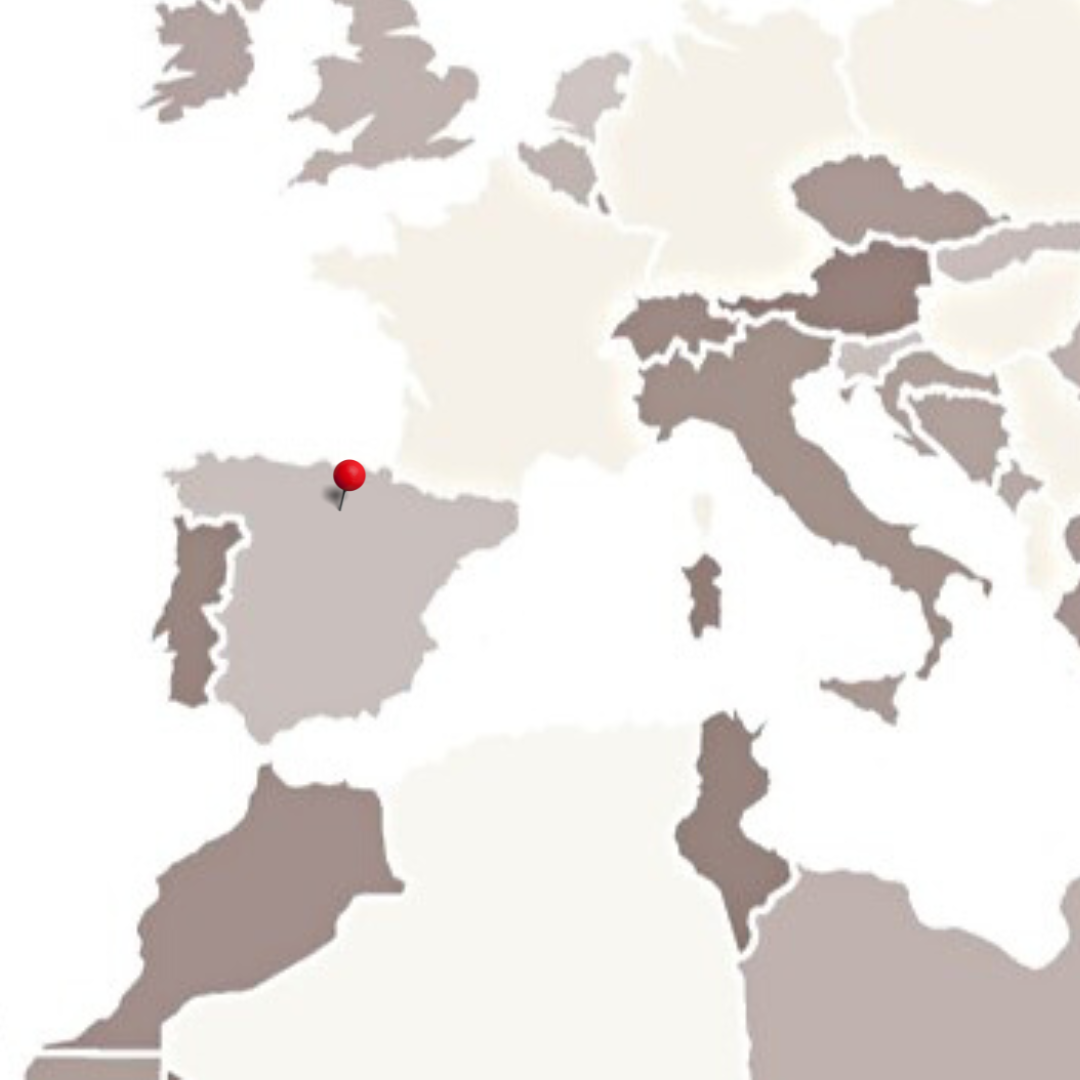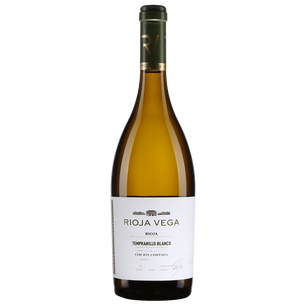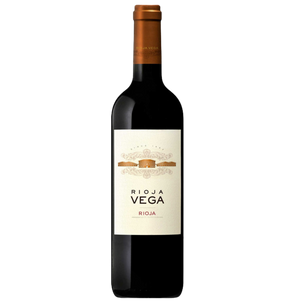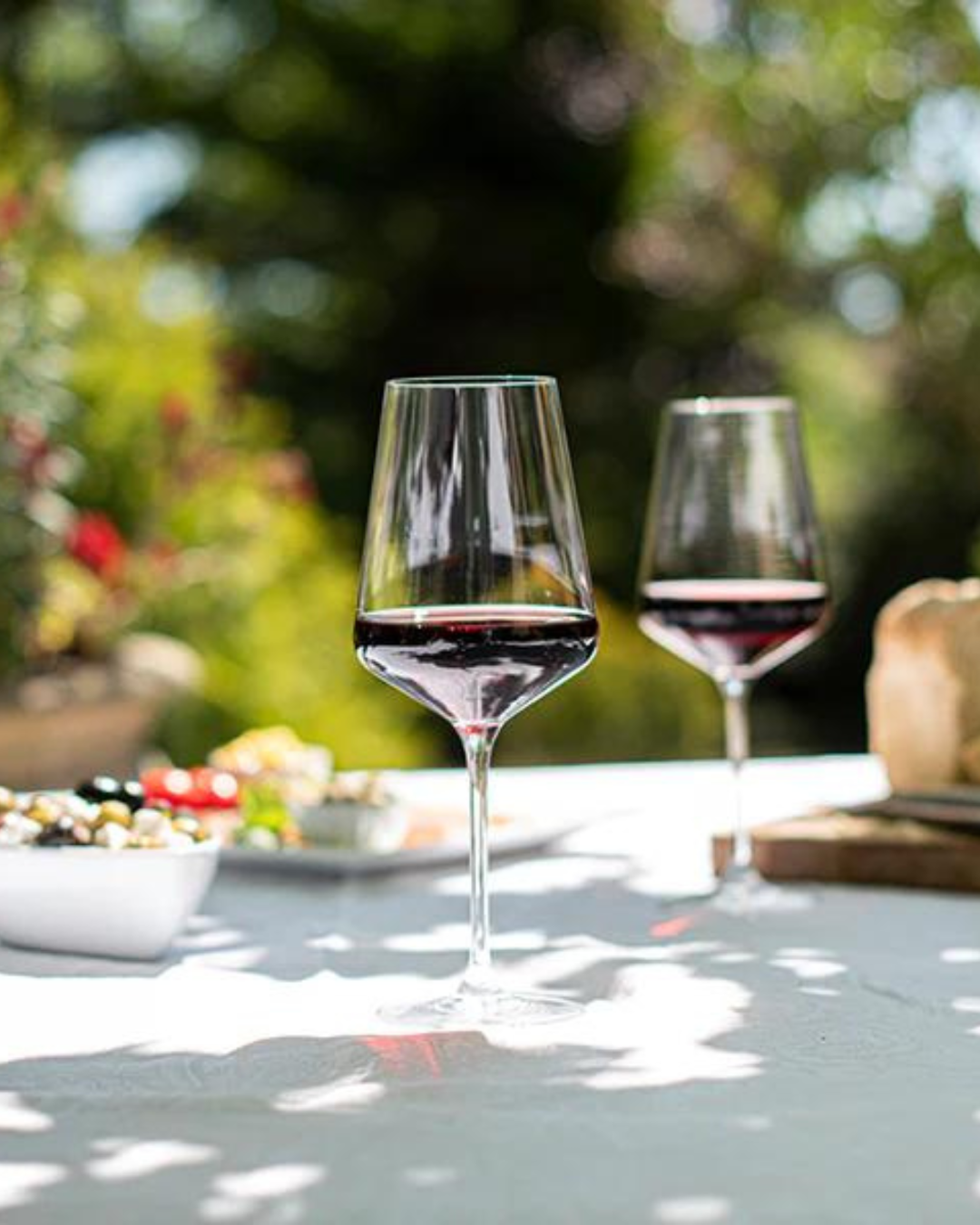
About The Producer
Spain - Rioja 

Winemaker
Esperanza Elías. One of the top 100 winemakers of the world
Winemaker Vision
Producing authentic traditional wines but still fruity. She tries to produce wines for pleasure during a meal but with a sense of place. Local varieties such as Tempranillo Blanco, and Graciano.
Terroir
The whole area benefits from the confluence of two widely opposing climates (Atlantic and Mediterranean) with an annual rainfall of a little above 400L/m2 and mild temperatures, ideal conditions for grape growing. Rioja soils are highly suitable for quality viticulture as they have a balanced structure (sand, silt and clays), are slightly alkaline, are poor in organic content and have moderate water availability during the summer. Altogether, the Wine Region has a diversity of soils (clay-limestone, clay-ferrous and alluvial) and microclimates (vineyard layout and exposure levels, protection from wind, etc.) that give the wines unique traits. This, coupled with the use of different grape varieties and growing techniques, allows for a wide range of wines which vary in personality yet remain within the framework of a perfectly recognizable common identity.
About
Established in 188 with both vineyards and facilities in place, Rioja Vega’s new team had to decide what kind of wines they would make. For that, they looked back on history and were inspired by Ugalde’s vision of 1882: Bringing Rioja terroir, as the new team understands it, into each bottle of Rioja Vega. Just four wineries are allowed to keep the Rioja word in their name: Rioja Vega is one of them as we existed before the foundation of the Rioja Appellation.



























